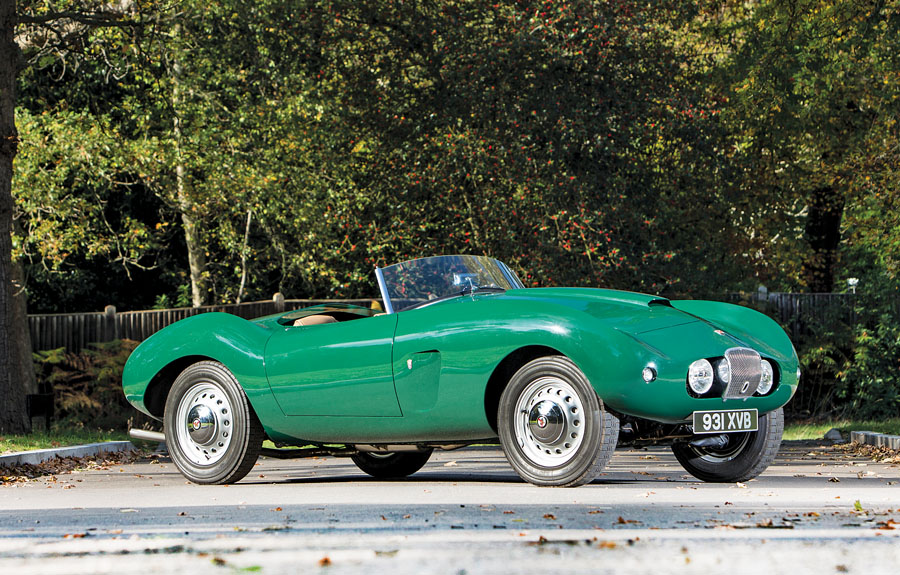Chassis Number: 404X3065
Having made his fortune during World War II, Chicago-based industrialist Stanley Harold “Wacky” Arnolt II was able to indulge his lifelong love of automobiles, and by 1952 was a regional BMC distributor and U.S. distributor for Bristol cars. In 1952, a visit to Carrozzeria Bertone led to Arnolt buying a stake in the Italian company and arranging manufacture of Bertone-bodied Arnolt MGs.
Bertone’s elegant coupe and cabriolet on the MG TD chassis had been first exhibited at the 1951 Geneva Salon. These cars were enthusiastically received by Arnolt, who saw the Bertone-bodied TD as meeting the U.S. market’s requirement for a luxury MG: a car possessing that all-important octagon badge yet blessed with something above the spartan level of equipment usually associated with the Abingdon marque’s sports cars. Two hundred cars were ordered, though production eventually totaled 65 coupés and 37 cabriolets.
Arnolt’s next venture made use of the Bristol connection, the U.K. manufacturer’s 404 chassis getting the Bertone treatment in 1953 courtesy of newly arrived stylist, Franco Scaglione.
The Bristol possessed one of the finest chassis of its day. Its 1,971-cc 6-cylinder engine was based on that of the pre-war BMW 328, which featured an ingenious cylinder head, designed by Rudolf Schleicher, that incorporated hemispherical combustion chambers and inclined valves without recourse to overhead or twin camshafts.

